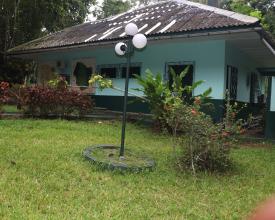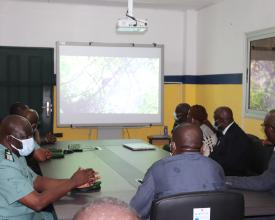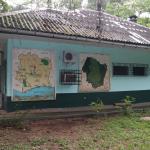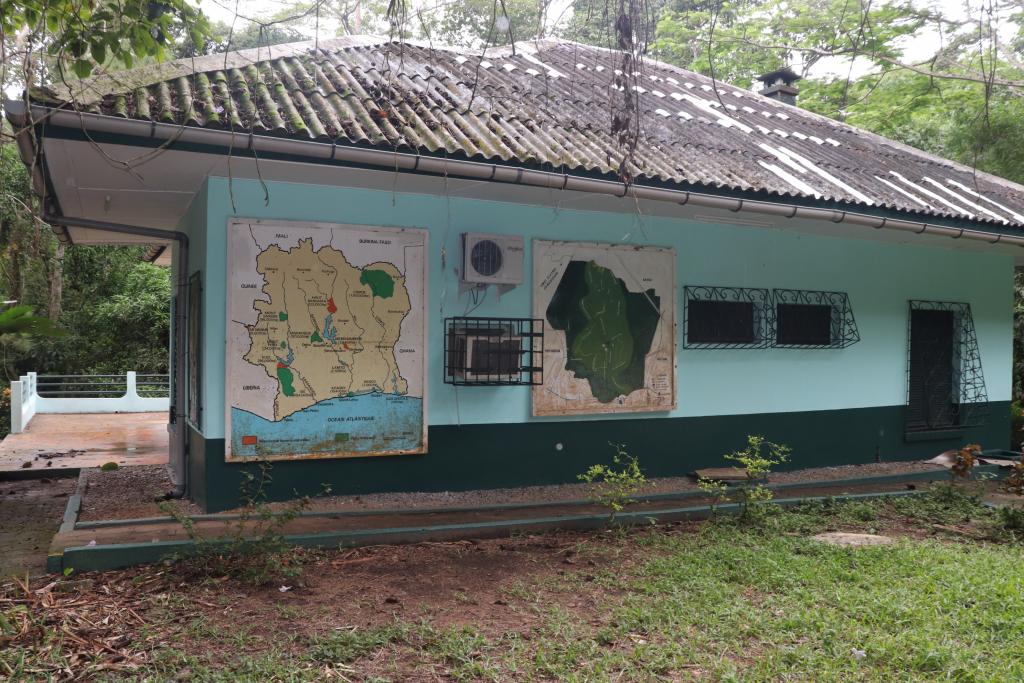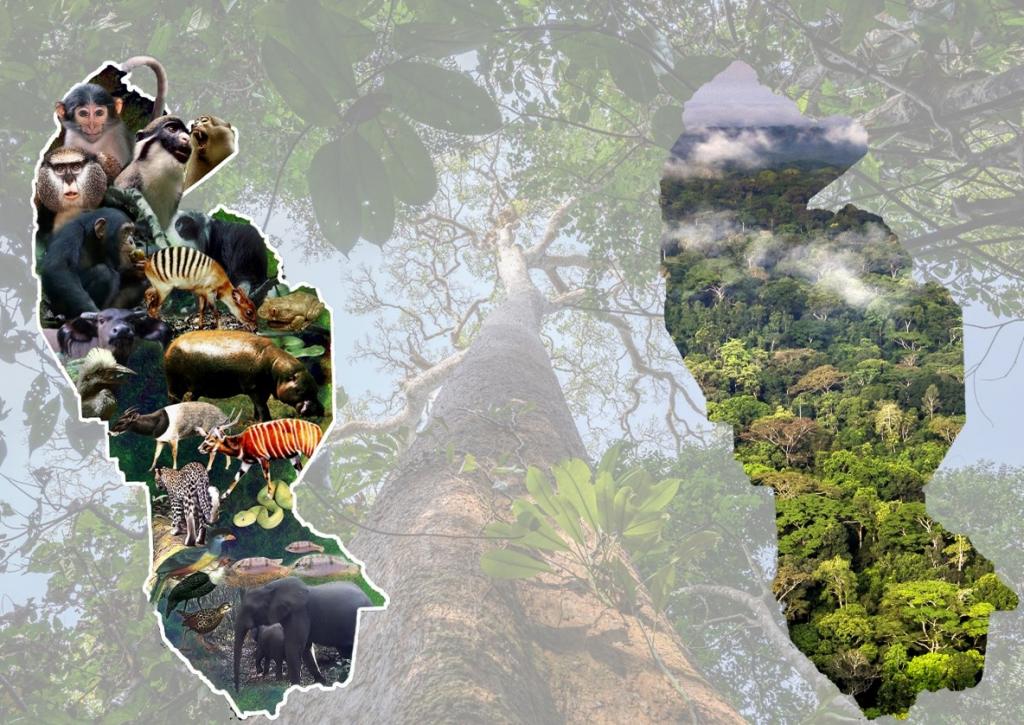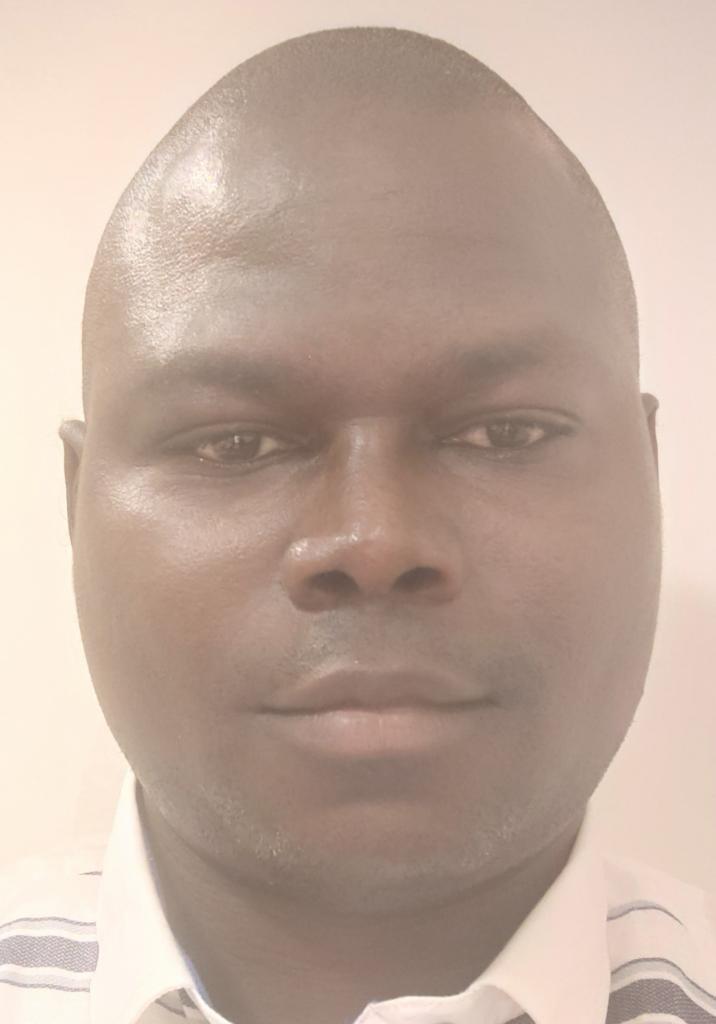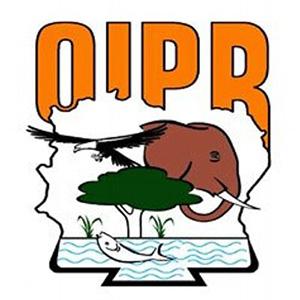
Knowledge for better protection and enhancement: Improving visitor facilities in Banco National Park (Abidjan, Côte d'Ivoire)
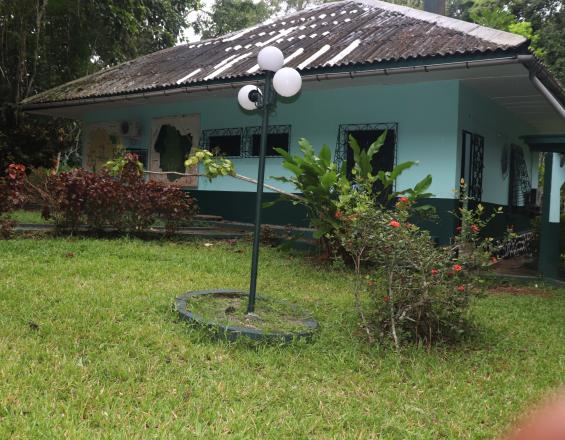
Banco National Park (3,438 ha) is located in the heart of Abidjan, the economic capital of Côte d'Ivoire, putting it under heavy pressure from urbanization. Its immense potential as an urban park is insufficiently exploited, and threats (pollution and poaching) jeopardize its integrity. In addition, the lack of facilities considerably reduces the promotion of its educational, recreational and tourist functions.
To reinforce the protection and enhancement of this natural heritage, the Office Ivoirien des Parcs et Réserves (OIPR) is particularly interested in seeking funding to intensify environmental education and improve the park's tourist appeal. OIPR began by assessing the quality of park management using the Integrated Management Effectiveness Tool (IMET). This assessment was the starting point for numerous ecotourism projects and the adoption of an evaluation culture in park management.
Context
Challenges addressed
Located in the heart of Abidjan, the Banco National Park (3,438 ha) is home to over 40% of the water reserves supplying the economic capital with drinking water. With an average carbon stock estimated at 293.61 tC/ha, it plays a microclimatic regulation role for the city. The park also offers the population a place for recreation and relaxation. But the park's appeal remains weak, offering only landscape tourism due to the inadequacy of the tourist and recreational products on offer.
The GNP faces a number of pressures, including illegal occupation of its boundaries, unauthorized harvesting of forest products and pollution from outlying neighborhoods.
As a result, the GNP faces the risk of degradation and devaluation, which could ultimately jeopardize the ecosystem services it provides (regulation, supply, recreational function).
Location
Process
Summary of the process
To improve park management, it was necessary to carry out an introspection through a management assessment (Block 1). The results of this assessment were used to draw up a management plan with the main stakeholders, including technical and financial partners (Block 2). This inclusive park management planning led to the drafting of a Development and Management Plan (PAG) for the Banco National Park over the next 10 years (PAG 2019-2028). With an overall cost of 5,319,000,000 CFA francs, implementation of the PAG will require a search for funding at both national (State) and international (donors) levels. Due to its position in the heart of the urban agglomeration, the development of tourism in the PNB is one of the major thrusts of the PAG. As such, upgrading the park through the construction and rehabilitation of tourism infrastructures must be carried out rigorously, in compliance with international standards, while remaining flexible and attentive to the needs of service providers to achieve better results (block 3). This should lead to the intensification of tourism activities, with greater emphasis on communication about the park and the involvement of local communities (Block 4).
Building Blocks
Evaluation of GNP management
It was in 2016 that, for the first time, Banco National Park (PNB) assessed the effectiveness of its management, using the Integrated Management Effectiveness Tool (IMET) https://rris.biopama.org/pame/tools. As an in-depth assessment tool, IMET highlighted all the areas for improvement in order to manage the park more effectively. Above all, it highlighted the benefits of a harmonious tourism development of the GNP, which could solve the problems associated with its urban location (pollution, encroachment, land issues) while exploiting this geographical opportunity. Among the weak points identified by IMET in terms of ecotourism:
- Lack of innovation in ecotourism development
- Lack of diversity in tourism offerings and visitor experiences
- Insufficient economic benefits for the park and local populations.
A number of strengths have also been identified, which deserve to be capitalized on, such as the existence of accommodation facilities close to the park, catering and leisure facilities; accessibility, safety, etc.
Enabling factors
The assessment of GNP management is a participatory and inclusive exercise, bringing together representatives of the manager, researchers, donors, NGOs and local communities. This representation of stakeholders enables us to appreciate and take into account everyone's points of view. The IMET coaches facilitated the evaluation so that all stakeholders felt comfortable expressing their opinions. They also helped to make a more critical analysis of the evaluation results.
Lesson learned
The first management effectiveness assessment with IMET in 2016 demonstrated the importance and benefits of participatory evaluation. Since 2017, PNB has continued the annual assessment of its management effectiveness with the METT tool. These assessments are a requirement of the Global Environment Facility (GEF), which finances PROGIAP-CI, and the METT tool was chosen at a time when the IMET tool had not yet been popularized. This assessment led to the development, from 2018 onwards, of the PNB Development and Management Plan (2019-2028), which serves as the framework document for all park activities. Successive assessments of the GNP carried out from 2017 onwards, using the METT tool, show a clear improvement in park management, with respective scores of 61.29% in 2017; 66.67% in 2018; 81.72% in 2019. Assessing management efficiency is now part of PNB's culture.
A backer- and partner-oriented approach
To meet all the needs identified in the assessments, the Office Ivoirien des Parcs et Réserves (OIPR) is continually seeking funding by formulating and submitting projects to various partners. To this end, it has a catalog of projects that it can adapt according to the requirements of the funding sought. For the PNB, in addition to GEF funding, the Office submitted an application to the BIOPAMA program as part of the small technical grants program. This funding enabled the park's eco-museum to be refurbished and equipped, and a feasibility study to be carried out for the construction of a suspended footbridge in the PNB tree canopy.
To enhance the value of the PNB destination, collaboration with tourism professionals, including the Ministry of Tourism, has enabled the PNB to be integrated into the tourist circuits offered to travellers in Côte d'Ivoire.
In addition, service clubs such as the Lions Club and the Rotary Club often provide occasional support to the PNB.
Enabling factors
The PNB's 2019-2028 PAG incorporates the conclusions of the various diagnostics and constitutes a reference manual for the selection of park management projects. Several partners can therefore contribute to achieving the park's objectives. OIPR and PNB management must be open to different forms of partnership, while knowing exactly what the park needs.
Lesson learned
The existence of a Development and Management Plan (PAG) is an important and necessary element in seeking funding and guiding the management of a park. In addition, we must always be attentive to the needs of financial backers in order to meet their requirements and obtain financing.
Rigor and flexibility for tourist rehabilitation work
Obtaining funding does not always guarantee that results will be achieved. To implement the various projects, in particular the BIOPAMA grant, it was necessary to identify service providers capable of carrying out the work and meeting the delivery deadlines set out in the proformas. As the PNB did not have the capacity to carry out the work of rehabilitating and equipping the ecomuseum, it had to outsource these services. In this respect, monitoring proved to be essential, in order to guide the service providers at all times and remove any bottlenecks.
Enabling factors
To ensure the success of the project, a small coordination unit was set up. This unit met regularly with contractors to understand the progress of activities and any difficulties that arose. Once these difficulties had been identified, consensual solutions were sought, and deadlines updated.
Lesson learned
This project has shown us that it's not always a question of recruiting the right service provider, but of maintaining constant contact right up to delivery of the infrastructure. Rehabilitating a building requires constant monitoring, to better communicate your vision to the service provider.
In this case, certain circumstances, essentially unforeseen problems with the roof's waterproofing, delayed the building's rehabilitation. Agreement had to be reached with the contractor to take into account the various parameters required to make the building functional.
Unforeseen circumstances, often force majeure, can jeopardize the achievement of an objective. Best practice involves regular site visits, coupled with meetings with the contractor, to understand the difficulties encountered and find consensual solutions.
Promoting tourism in the GNP with local communities
This block focuses on the development of a tourism development and promotion plan, with an emphasis on the involvement of local communities.
To ensure harmonious tourism development in line with international standards, OIPR has engaged the services of a South African consultancy firm to help it draw up, among other things, a tourism development plan and a business plan. To date, tourism promotion has been supported by the setting of an incentive price scale for visits and the provision of information and communication media.
Through the local NGO "Vision Verte", commissioned by OIPR to handle ticketing and guiding within the park, guides are recruited from the local population and trained in guiding techniques. Vision Verte is on hand at the park entrances to check visitors in and collect entrance fees. In addition, certain maintenance activities in the park, such as windfall removal, are entrusted to the NGO, which is required to recruit local people for the various jobs.
Enabling factors
- Concerted planning with stakeholders ensures greater ownership of activities and results.
- Development of ecotourism
- Strong mobilization of financial, human and material resources.
- Rigorous organization.
Lesson learned
The elaboration of a vision through the tourism promotion and development plan is an asset for better directing actions in favor of ecotourism in the park. The transfer of certain activities to the surrounding population has also helped to ease certain tensions and win their sympathy for the park. Intensified communication has raised public awareness of GNP issues.
Impacts
Thanks to a multi-donor approach, supported by a systematic assessment of its management, Banco National Park (PNB) has significantly improved its tourism offering. Several projects have been formulated for the development of infrastructure and ecotourism. A project submitted to the BIOPAMA program as part of a small technical grant, has been awarded funding amounting to 93,250 Euros for the rehabilitation and equipping of the eco-museum. This grant should also enable a feasibility study to be carried out for the construction of a canopy-walk in the park.
The refurbishment of the ecomuseum, carried out between October 2020 and April 2021, has brought the park manager closer to his team and, above all, to visitors. A room in the ecomuseum now serves as his office. In addition, the exhibition room, which benefits from the installation of a split air conditioner, offers greater comfort to visitors, as do the library and kiosk newly fitted out on site. The eco-museum offers space and equipment for workshops and conferences on the environment and biodiversity conservation. Although recent, these tourist and educational facilities are already helping to raise the environmental awareness of local people and visitors alike.
Beneficiaries
Abidjan's population, estimated at over 5 million in the outskirts.
People living in the 6 outlying districts, who will benefit from micro-projects and a few jobs.
Visitors (around 15,500 in 2017).
Sustainable Development Goals
Story
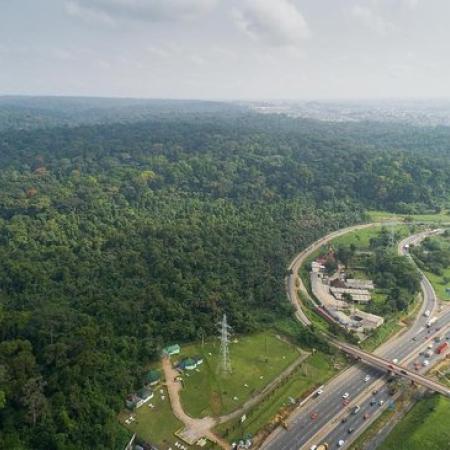
The drafting of the PNB Development and Management Plan has provided a reference document for intervention in the park. In addition to noting the weakness of tourism development, he emphasized the need to strengthen surveillance through the reinforcement of human and material capacities. Emphasis is placed on knowledge of the park's biodiversity, through enhanced ecological monitoring and collaboration with research structures and universities. Within this framework, priority research themes have been identified and form the basis of research to be carried out in the park.
The aim of all these actions is to ensure the good health of the Banco National Park and its influence on biodiversity conservation.

